Audio Visual Products

Audio Visual Product Overview
Audio visual products are products that are used to capture, process, and display audio and visual information. These products can be used in a variety of settings, including homes, schools, businesses, and public spaces.
Audio visual products can be used for a wide range of applications, including entertainment, education, communication, and information dissemination.

Digital Signage
Digital Signage allows information, advertising and other forms of messages to be shown via an electronic display.
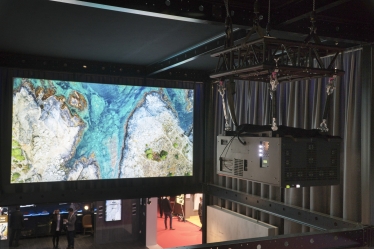
Digital Projection
Whether it is an image with impact or a clear classroom presentation a projector offers the flexibility to suit every scenario.
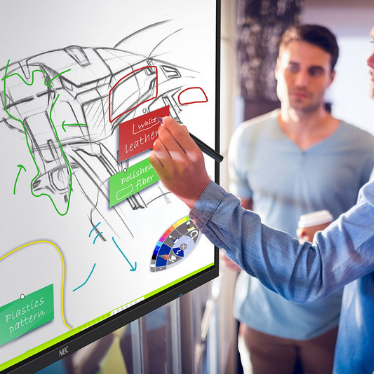
Interactive Touchscreens
Touchscreen technologies allow products to be accessed by customers in more intuitive & tactile ways than ever before.

Lecture Capture
The advancement of digital technology presents valuable opportunities for educational institutions and students alike, and lecture capture is an essential component to making it all work.
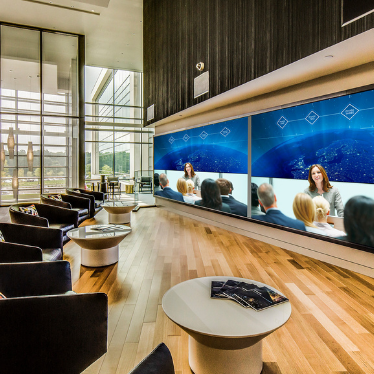
Networked AV
Transmit content from any source to any, or all displays at the touch of a button- even from your own device.
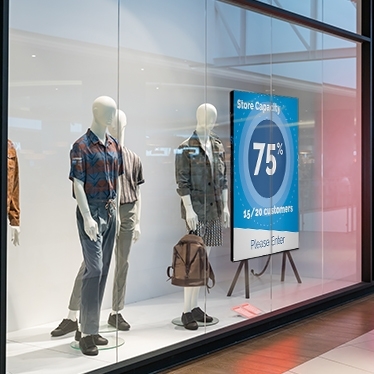
Occupancy Sensors
Occupancy sensors have now become an important tool in helping to reinforce social distancing restrictions and general health and safety.
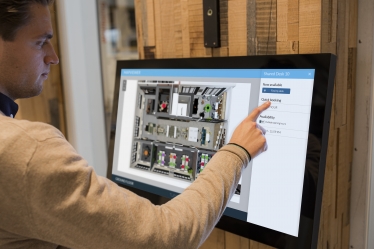
Room Booking Systems
Room booking systems allow you to manage your meeting rooms and shared workspaces effectively.
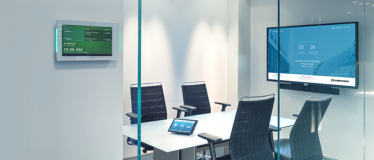
Room Control Systems
An AV solution is nothing without a reliable control system behind it. Control systems link components together and ensure they operate within configured parameters.
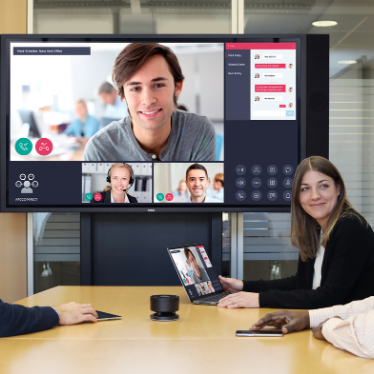
Video Conferencing and Collaboration
Video conferencing and virtual meeting technology allows you to effortlessly collaborate with external teams and employees.
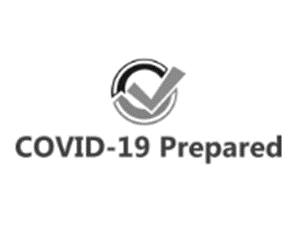
COVID-19 Products
The sudden worldwide impact of COVID-19 has forced many businesses to make the move to a digital workplace environment. We are helping businesses operate in their current environment with employee safety, productivity and well.

Audio Systems
Mediascape Ltd has been designing and installing audio systems for over 30 years. We design and install audio systems to suit all requirements.
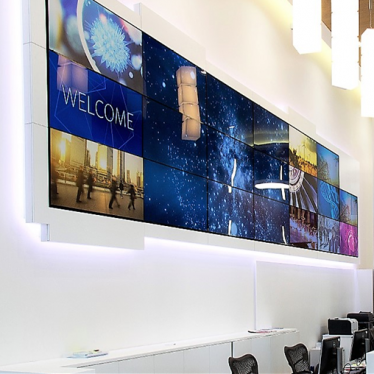
Commercial Displays
Commercial displays can allow businesses to showcase high-resolution visuals, from pre-rendered video and live feeds to customer information and graphics.
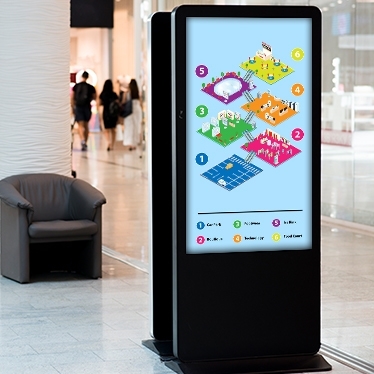
Wayfinding
We will deliver the ideal wayfinding solution to help with navigation and people flow around your premises.
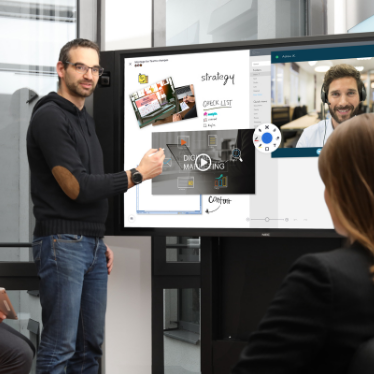
Wireless Presentation
Wireless Systems offer total flexibility without loss of quality. The “Bring Your Own Device” technology provides accessibility without unsightly cables.
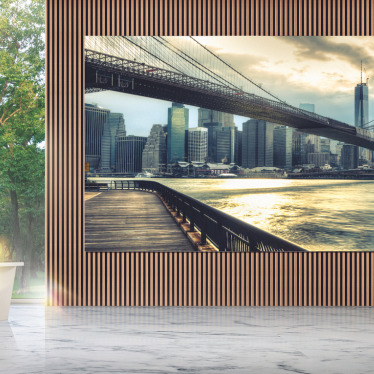
Samsung Video Wall Displays
From boardrooms to retail spaces, enhance your brand presence and communication strategy with this immersive visual experience.
Audio Visual Products FAQ
Audio Visual products are an essential part of modern life, providing people with the ability to capture, process, and display audio and visual information in a variety of settings. These products can help to improve communication, entertainment, and education, and can be customized to meet the specific needs of different environments and users.
What are audio-visual materials?
Audio-visual materials are materials that use a combination of audio and visual elements to convey information or create an experience. These materials can be used in a variety of settings, including homes, schools, businesses, and public spaces. Examples of audio-visual materials include films, TV shows, music videos, video games, and interactive displays.
Audio-visual materials can be used for a wide range of applications, including entertainment, education, communication, and information dissemination. For example, films and TV shows can be used to provide entertainment and tell stories, while music videos and video games can be used to create immersive experiences. Additionally, audio-visual materials can be used for education, allowing teachers to present information in a more engaging and interactive way.
What are examples of audio visual products?
Some examples of audio visual products include:
-
Speakers: These are devices that convert electrical signals into sound waves, allowing people to listen to music, movies, and other audio content. Speakers can be standalone devices, or they can be built into other devices, such as TVs, computers, and smartphones.
-
Microphones: These are devices that convert sound waves into electrical signals, allowing people to record audio or communicate with others through voice. Microphones can be handheld, wearable, or built into other devices, such as laptops and smartphones.
-
TVs: These are devices that display moving images and sound, allowing people to watch TV shows, movies, and other video content. TVs can be standalone devices, or they can be integrated into other devices, such as computers and smartphones.
-
Projectors: These are devices that project an image onto a screen or other surface, allowing people to display presentations, movies, and other visual content. Projectors can be standalone devices, or they can be integrated into other devices, such as laptops and smartphones.
-
Screens: These are surfaces onto which images can be displayed, allowing people to view visual content. Screens can be standalone devices, or they can be built into other devices, such as TVs and projectors.
Overall, these are just a few examples of audio visual products. There are many other types of audio visual products available, each designed to serve a specific purpose and meet the needs of different environments and users.
What are audio visual technologies?
Audio visual technologies are technologies that are used to capture, process, and display audio and visual information. These technologies can be used in a variety of settings, including homes, schools, businesses, and public spaces. Examples of audio visual technologies include speakers, microphones, TVs, projectors, and screens.
Audio visual technologies can be used for a wide range of applications, including entertainment, education, communication, and information dissemination. For example, speakers and microphones can be used to listen to and record audio, while TVs and projectors can be used to watch and display visual content. Additionally, audio visual technologies can be used for video conferencing and collaboration, allowing people to communicate and work together remotely.
Overall, audio visual technologies are an essential part of modern life, providing people with the ability to capture, process, and display audio and visual information in a variety of settings. These technologies can help to improve communication, entertainment, and education, and can be customized to meet the specific needs of different environments and users.
Contact us
Our suppliers







